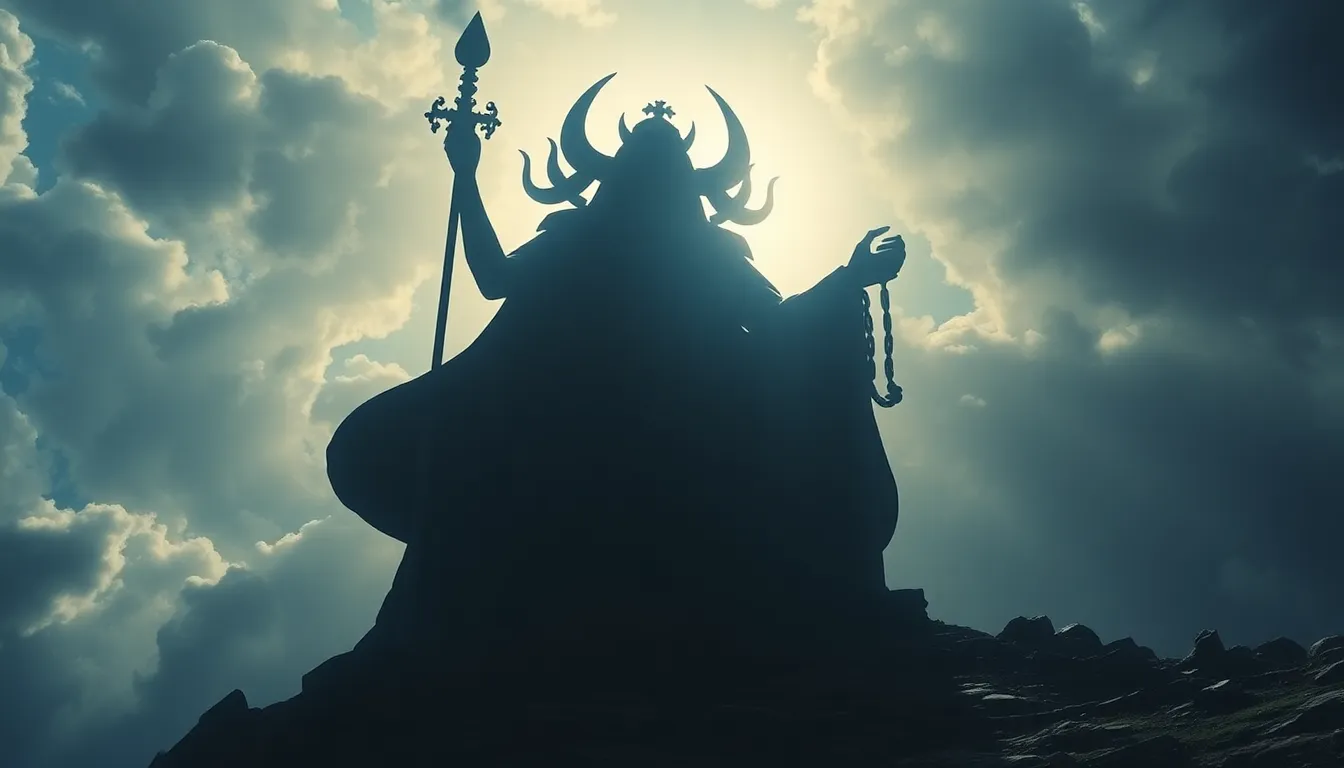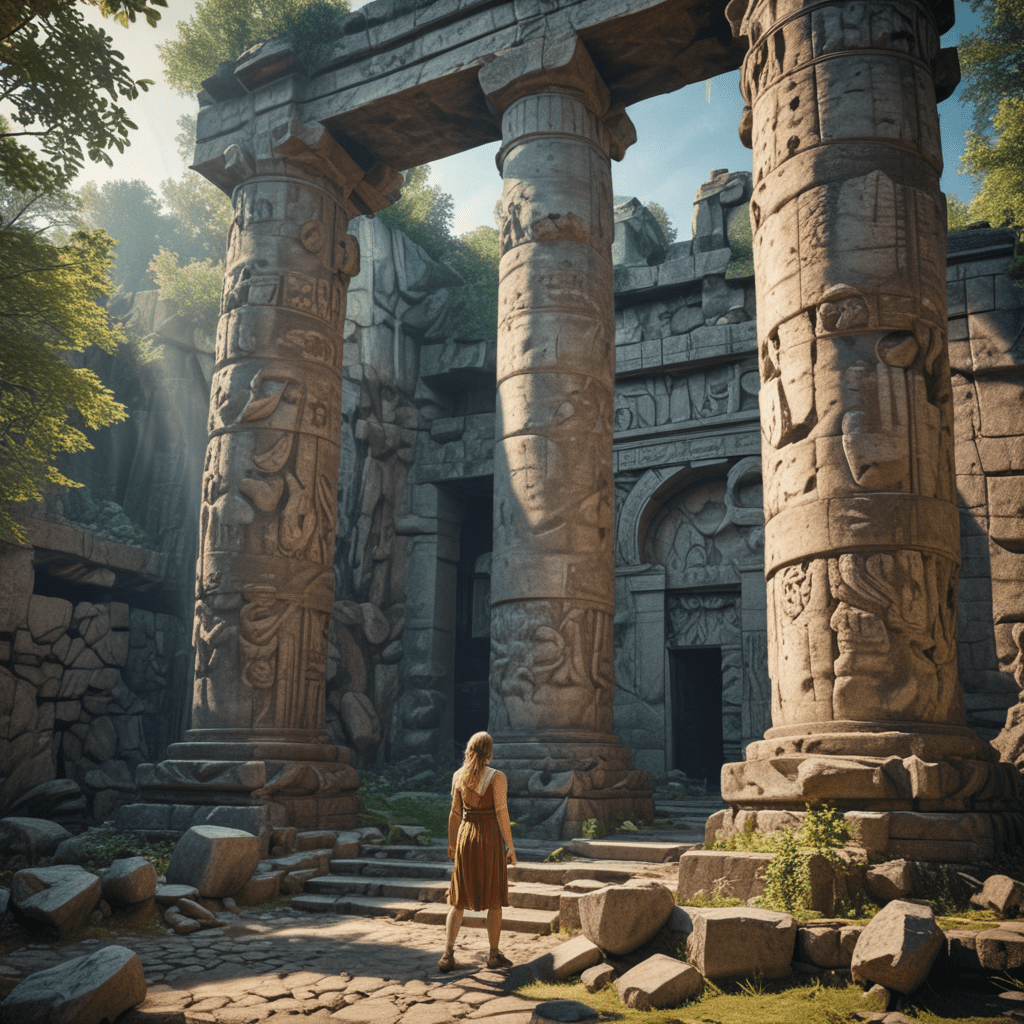From Darkness to Light: The Most Inspiring Creation Myths
1. Introduction: The Power of Creation Myths
Creation myths are narratives that explain how the universe and life came into existence. They serve as a fundamental aspect of various cultures, providing insights into their beliefs, values, and understanding of the world. These myths often explore themes of light and darkness, symbolizing the duality of existence and the transformative nature of creation.
This article focuses on the inspiring aspects of creation myths, particularly how they illustrate the journey from darkness to light. By examining various creation narratives, we will uncover the messages of hope, renewal, and the power of creation that resonate across cultures.
2. The Role of Darkness in Creation
In many creation myths, darkness is a prevalent theme that serves as a crucial backdrop for the unfolding of creation. It often symbolizes chaos, the unknown, and potential. Darkness can represent the primordial state before creation, where possibilities abound.
Darkness is not merely a void; it is a canvas on which light and life can emerge. Here are some examples of myths that begin in darkness:
- The Babylonian Enuma Elish, where the universe begins in a watery chaos.
- The Greek myth of Chaos, a primordial void that precedes the formation of the cosmos.
- The Inuit myth where the Earth is initially shrouded in darkness until light is introduced.
3. Light as a Symbol of Creation
Light often emerges as a transformative force in creation myths, symbolizing knowledge, life, and the divine. The moment light is introduced signifies the beginning of order and life, illuminating the path for creation to unfold.
Cultural interpretations of light vary, but common themes include:
- Light as a symbol of enlightenment and understanding.
- Light representing the presence of divine beings or deities.
- The idea of light dispelling chaos and darkness.
Notable myths where light plays a pivotal role include:
- The Biblical Genesis, where God says, “Let there be light.”
- The Hindu myth where the sun (Surya) emerges from darkness, bringing life to the world.
- The Egyptian myth of Ra, who rises each day to bring light to the Earth.
4. The Genesis Narrative: From Chaos to Order
The Genesis narrative in the Bible offers a profound story of creation, beginning with God creating the heavens and the earth from a state of formlessness and darkness. In this account, God introduces light as the first act of creation, demonstrating the power of divine order over chaos.
The theme of chaos transforming into divine order is central to this narrative. It inspires believers by conveying the message that from nothing, something beautiful can arise. This narrative emphasizes faith, hope, and the possibility of renewal and creation.
5. The Hindu Cosmology: Brahman and the Cycle of Creation
In Hindu cosmology, Brahman represents the ultimate reality, the source of all creation. The concept of ‘Shakti’ refers to the divine feminine energy that allows for creation and change. Together, they illustrate the cyclical nature of creation, preservation, and destruction.
This cosmological view emphasizes rebirth and renewal, highlighting how creation is an ongoing process rather than a singular event. The myths surrounding Brahman and Shakti inspire individuals to recognize the interconnectedness of life and the perpetual cycles of existence.
6. The Maori Creation Story: The Union of Rangi and Papa
The Maori creation myth describes the union of Rangi (Sky) and Papa (Earth), who were locked in an embrace, shrouding the world in darkness. Their children, seeking light, conspired to separate them, leading to the emergence of light and life.
This myth teaches important lessons about love, sacrifice, and harmony. The separation of Rangi and Papa allowed for the world to flourish, symbolizing the balance between different elements of nature and the importance of light in fostering life.
7. The Ancient Egyptian Myth: Ra’s Journey from Darkness
In ancient Egyptian mythology, Ra, the sun god, represents light and creation. Each day, Ra embarks on a journey through the underworld, overcoming darkness to rise anew each morning. This cyclical journey symbolizes the struggle against chaos and the triumph of light over darkness.
The significance of light in ancient Egyptian culture cannot be overstated; it is associated with life, growth, and divinity. Ra’s daily rebirth serves as a reminder of the resilience of life and the importance of hope.
8. Native American Creation Myths: The Earth Diver Stories
Among various Native American tribes, Earth Diver myths describe how the Earth was created from a primordial state of water. In these stories, animals, particularly a diving creature, descend into the water to bring up soil and create land.
These myths emphasize the role of animals and nature in creation, highlighting themes of interconnectedness and respect for the environment. They inspire a sense of stewardship and harmony with nature, reminding us of our place within the larger ecosystem.
9. The Cosmic Egg: Myths from Various Cultures
The concept of the cosmic egg appears in various cultures, including Hinduism, Chinese mythology, and Greek mythology. In these narratives, the cosmic egg represents potential and the origin of life, encapsulating creation within its confines.
The transition from the confinement of the egg (darkness) to emergence (light) symbolizes the birth of the universe and all living things. This powerful imagery resonates with the idea of transformation and the journey from potential to realization.
10. Conclusion: The Lasting Impact of Creation Myths on Modern Society
Creation myths continue to inspire contemporary society, offering profound insights into our existence and the universe. They remind us of the beauty of creation, the importance of light, and the ongoing cycles of life. In a world often filled with chaos and uncertainty, these myths provide hope, encouraging us to embrace the journey from darkness to light.
As we explore these ancient narratives, we find that they not only shape cultural identities but also serve as timeless reminders of our shared humanity and the transformative power of creation.



